Every self-respecting man, in accordance with his duties as the "master of the house", has a drill in order to hang a shelf, a picture or a locker at the request of his second half. But the walls in houses and apartments differ in their structure, density and purpose. So, in a bearing wall to drill an aperture is much more difficult, than in an interroom partition. Accordingly, the drills for drills differ in their purpose, and in the material from which they are made. On how to choose the right drills for concrete, brick or stone, we'll talk in this short article.
Content
Drill for concrete, brick and stone
It should be noted that the man who invented the drill for easier work with the material, could not even guess how many new engineering solutions will be made based on the drill. An example is foundation on screw piles. This engineering solution has made construction of the foundation safer and easier. The drill for concrete (as well as for stone, brick, etc.) is fundamentally different from a conventional drill. After all, if you drill concrete with an ordinary drill to work on wood or metal, it will instantly become dull and come to full disrepair.

For this reason, special drills for concrete are manufactured using a special material called "win". And the tip of the drill from it is called "winning". On sale, in construction stores, you can see metal drills with winning taps at the ends. This is the "winning" drills. We will discuss them in more detail later in this article.

In any case, this is a very reliable long-lasting drill, because it will win (a composite cermet, consisting of an alloy of cobalt and tungsten), which has no analogues, is close to diamond in its strength. However, quality, as you know, directly depends on the manufacturer.
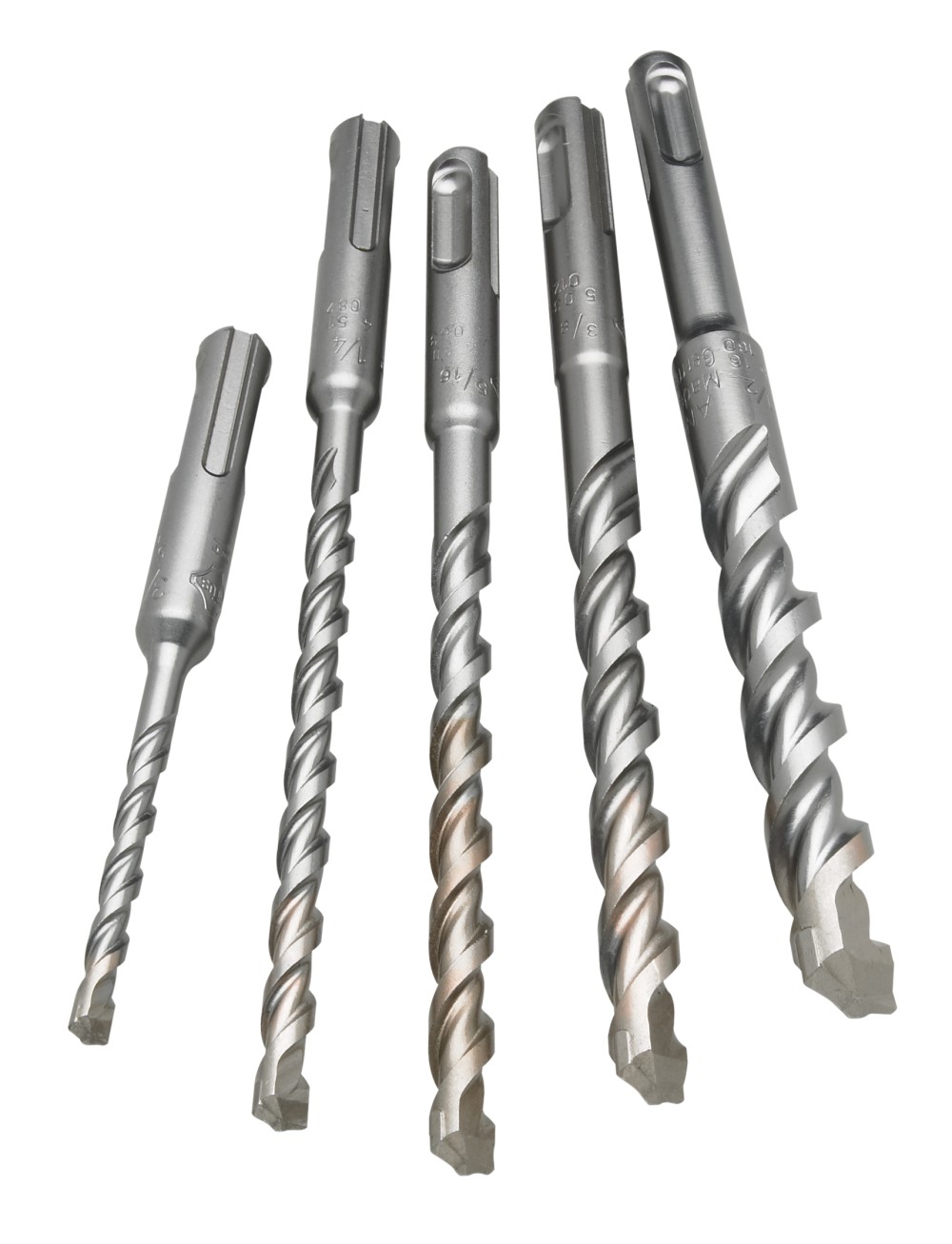
Winning drills can be used not only for concrete, but also for stone and brick. These are reliable drills. However, it is best to use a diamond drill in stone. It is more durable, but also expensive. For wood, it is best to use metal drills. We will consider how to use them correctly and wisely in our work.
Features of work with a drill

In order to drill a hole in a very solid (bearing) wall, a conventional drill (whatever we drill there) is clearly not enough. For this purpose, use a special drill - with a perforator. And also special drills for concrete sds. Usually, they are labeled by the manufacturer "sds-plus" or "sds-max". Also, their distinctive feature is the tail part of a cylindrical shape. The drill for concrete drills is used, as the name implies, in a drill with a perforator, when it is necessary to drill a hole in the supporting wall or in another surface of increased hardness. That is, in a situation where a conventional drill (as well as a drill) does not help. The impact drill (special drill bit for concrete) can be of several types. Thus, drill bits for concrete, called gently sloping drill bits, make it possible to drill out small holes, and screw apertures - deeper and wider. Drill bits of the same spiral shape help to cope with a more difficult task - to make holes of a larger size (even up to three centimeters).
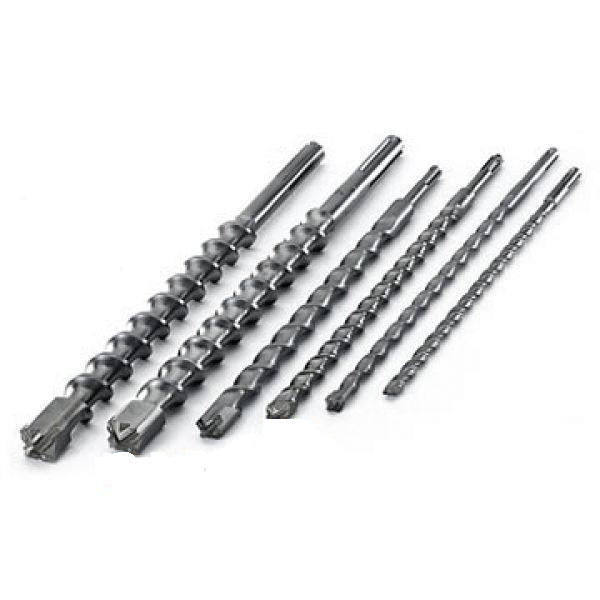
If you need to drill a very large hole (for example, under a socket or switch), up to 12 cm in size, use a drill bit on the concrete. It allows to receive grooves up to 12 cm in especially strong materials. On sale you can see two types of crown drills: the winning and diamond. The winning drill bit for concrete on the working part has the winning teeth, and the diamond bit is diamond-plated.
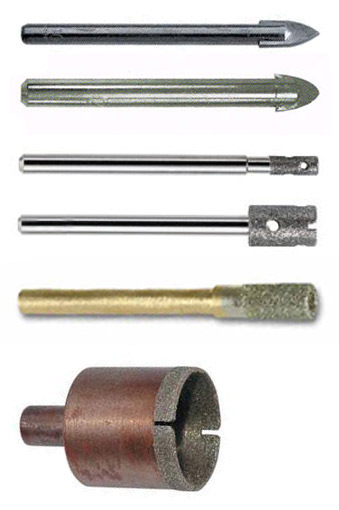
Drills for concrete are of different diameters - from 4 to 12 mm. A drill for a perforator for large diameter concrete is rarely used in everyday life. As a rule, most often it is necessary for professionals who are constantly engaged in repair of premises.
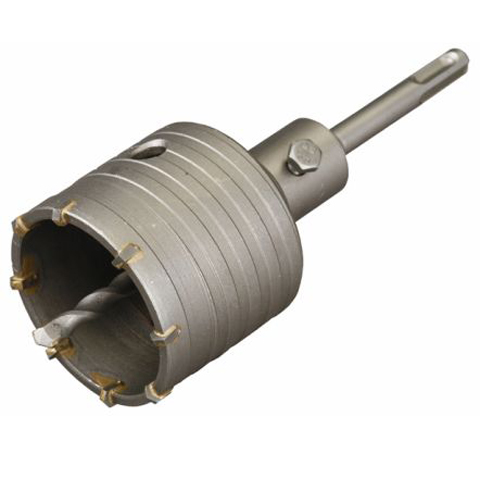
However, in the dimensions of the drill there is still some feature that should be taken into account when using them - the larger the diameter of the drill, the longer it is, and vice versa, the shorter the drill, the thinner it is. And this is not surprising, because a thin long drill simply break during work, unable to withstand the shock load on it.

Advice of an experienced master
A good master for working with a drill always has several drills of different types - drill bits for wood, metal, brick and concrete. To work with a drill on concrete, it is best to stock up with different drills, including winnings, and metal drills. This is necessary in order that, when encountering in the process of drilling with the fact that the drill rests against the metal (as happens when metal reinforcement is placed under the concrete slab), it would be possible to quickly and easily re-arrange the drill bits in places - the drill for concrete replaced with a drill bit for metal - and continue the work without delay and delay. And when the metal is over, you can put the drill bit back on the concrete sds. Those experienced masters who have been working with a drill for many years know how to sharpen a drill in such a way that they can work both in concrete and in metal, but for a person who has never faced this before, it is an elusive task, and even better Do not start or try.

It is also very important that when working with a drill, the drill does not overheat. For this, it must be periodically cooled regularly (approximately every 15-20 seconds of operation). To do this, pause, and the metal drill is lowered into a small container with cold water. A little bit is held there, and then, when it is cooled, the drilling process continues. Do not dry it. However, this rule only applies when drilling a metal. Drilling a tree, it is not necessary to cool it - it does not overheat. And when you work with a winning drill, it does not cool down in water - only in a natural way. Worked, drilled for half a minute, turned off the drill. We waited until the drill cool down, and only then we continue to work. Any liquid for cooling during the work of the winning drill can not be used.
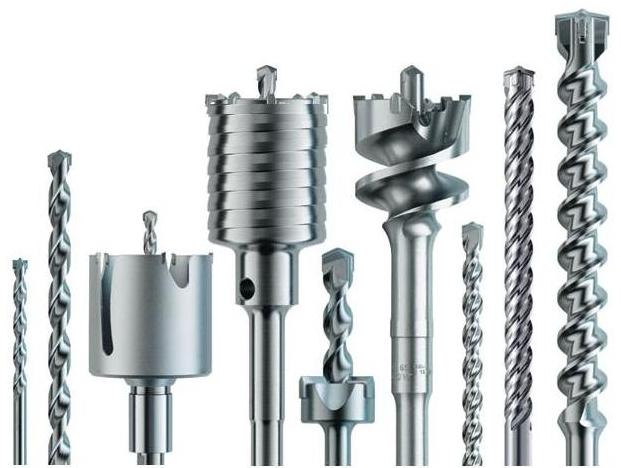
There is also a situation where during drilling we come across a stone, under a concrete foundation. For a stone, a conventional drill bit for concrete sds does not work - we pick up a bumper. Upon completion of the work with the stone, we again return to the drill for concrete.
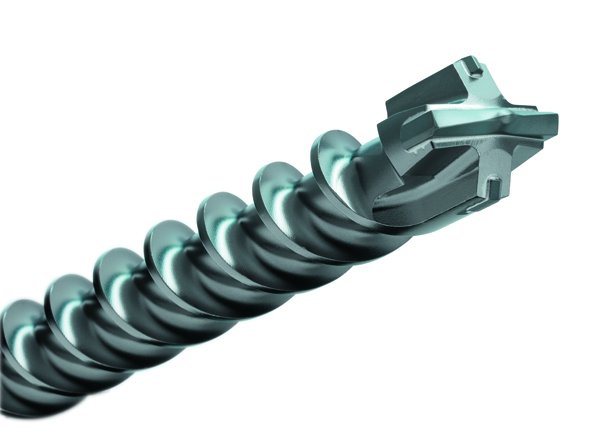
If, in the process of work, you need to drill one or several holes, no matter what diameter, not in the usual wall (room partition), but in the carrier, it is best to use a perforator, rather than an ordinary drill. Do not try to make it a household drill, it's useless. And, of course, in that case we will need a drill for the perforator for concrete.
But when working with ceramic or tiles, the punch is not needed. He'll just tile the tiles. You do not need an impact drill - it will also crack and ruin all the tiles. Forget the winning drill bit for concrete. Here, only a domestic drill with an ordinary, metal drill of small diameter will help.
You can use for drilling ceramic or tile and a winning drill (not including the perforator mode).

Those drills that are dulled in the process of work can be easily re-sharpened - metal with the help of ordinary emery, and the winning ones - with a diamond disk. However, choosing expensive high-quality drills from well-known manufacturers in the store, you hardly need to ever sharpen them - they just do not go dumb.
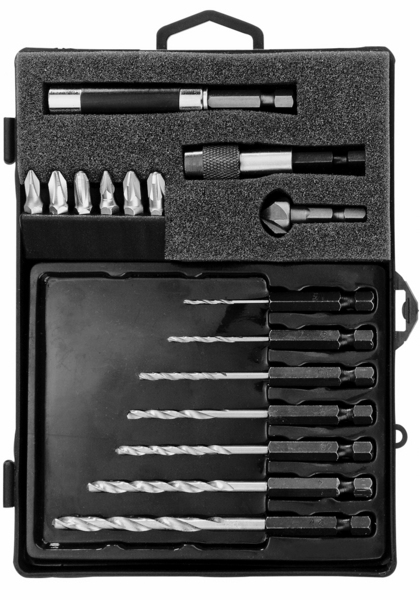
Further, after the completion of this review is drilled, we propose to view a small video on the subject we considered.



















